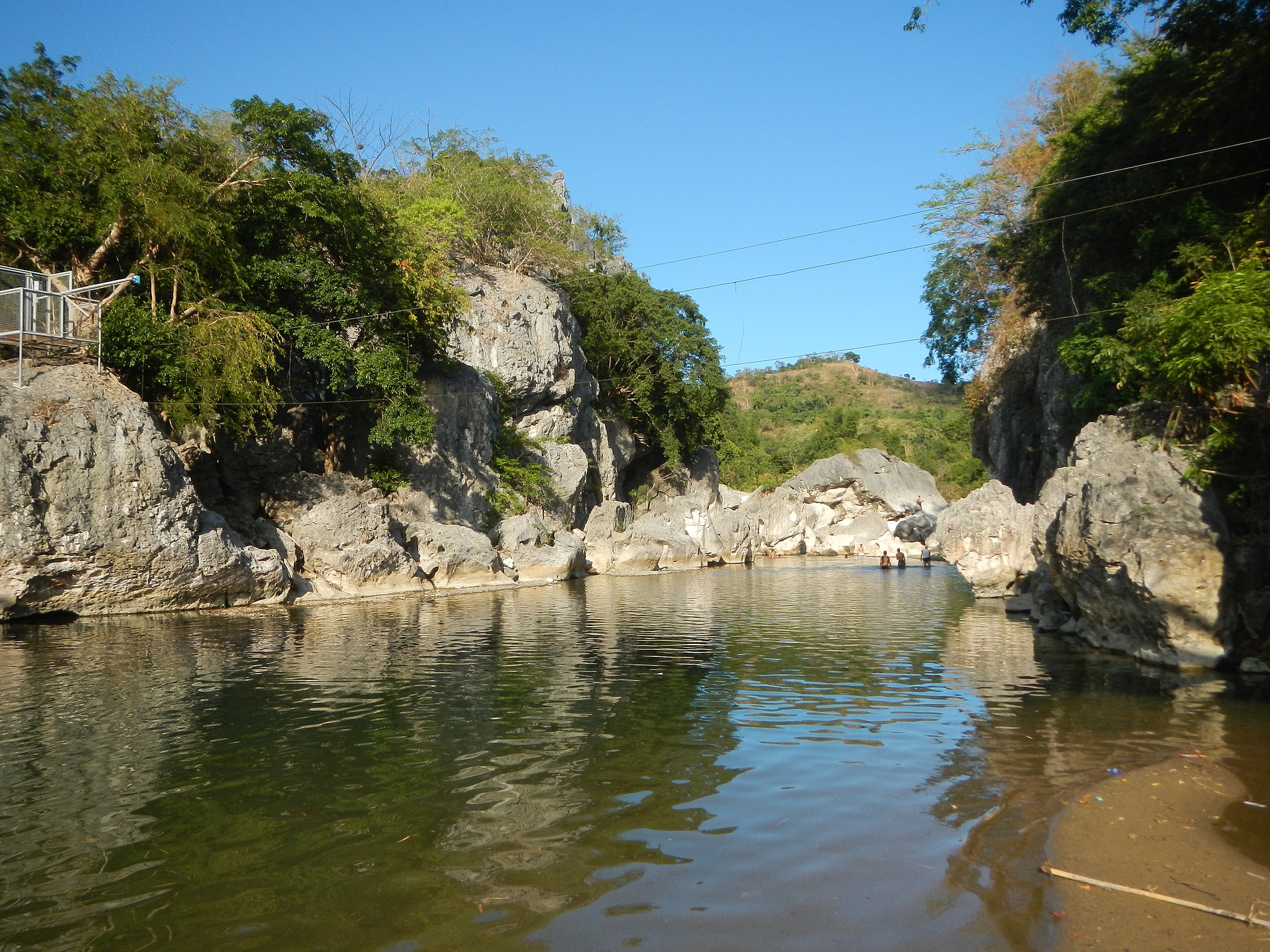

The guns there were captured and armed by the Katipuneros, and the revolt was a major success for Aguinaldo and his men. Upon his men's arrival at the town center, the guards, armed with Remingtons and unaware of the preceding events, were caught completely by surprise and surrendered immediately. Prior to the battle, Aguinaldo strictly ordered his men not to kill anyone in his hometown. He marched with his army of bolomen to the town center of Kawit. On August 31, 1896, Aguinaldo started the assault by beginning as a skirmish to the full-blown revolt Kawit Revolt. Bonifacio and other rebels were forced to resort to guerrilla warfare, but Aguinaldo and the Cavite rebels won major victories in carefully planned and well-timed set-piece battles and temporarily drove the Spanish out of their area. However, Aguinaldo and other Cavite rebels initially refused to join in the offensive for lack of arms. The Katipunan-led Philippine Revolution against the Spanish began in the last week of August 1896 in San Juan del Monte (now part of Metro Manila). The local chapter of Katipunan in Cavite was established and named Sangguniang Magdalo, and Aguinaldo's cousin Baldomero Aguinaldo was appointed leader. Aguinaldo joined the organization and used the nom de guerre Magdalo in honor of Mary Magdalene. On March 7, 1895, Santiago Alvarez, whose father was a Capitan Municipal (Mayor) of Noveleta, encouraged Aguinaldo to join the " Katipunan", a secret organization led by Andrés Bonifacio that was dedicated to the expulsion of the Spanish and the independence of the Philippines through armed force. 203, Imus, Cavite by the codename "Colon". On January 1, 1895, Aguinaldo became a Freemason, joining Pilar Lodge No. The seal of the Magdalo faction led by Baldomero Aguinaldo, Emilio's first cousin Aguinaldo in military uniform

Position abolished (Tejeros government superseded by the Republic of Biak-na-Bato)Įmilio Aguinaldo y Famy QSC CCLH PMM KGCR ( Spanish: : March 22, 1869 – February 6, 1964) was a Filipino revolutionary, statesman, and military leader who is the youngest president of the Philippines (1899–1901) and became the first president of the Philippines and of an Asian constitutional republic. President of the Tejeros Revolutionary Government


President of the Republic of Biak-na-Bato Position abolished (Dictatorial government replaced by a revolutionary government with Aguinaldo assuming the title president) Position abolished (Revolutionary government superseded by the First Philippine Republic)Ĭommanding General of the Philippine Revolutionary Army


 0 kommentar(er)
0 kommentar(er)
